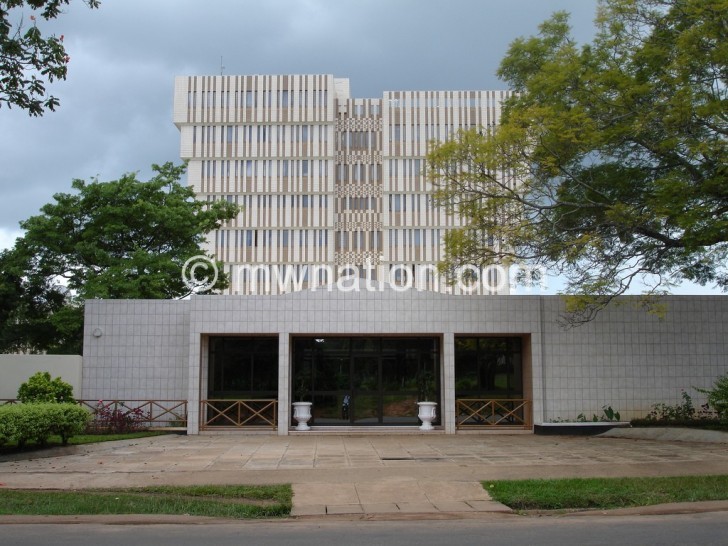RBM, treasury differ on growth forecast
The Reserve Bank of Malawi (RBM) has projected that Malawi’s real gross domestic product (GDP) growth rate is seen at 1.2 percent in 2020, a rate which is four times lower than the 5.1 percent growth realised in 2019.
The central bank has made the forecast, still seen as ambitious by economic experts, in its latest Monetary Policy Committee (MPC) statement released on Friday in Mzuzu and whose major highlight is a revision in the policy rate (the rate at which commercial banks borrow from the central bank as a lender of last resort) by 150 basis points from 13.5 percent to 12 percent.

According to the statement signed by RBM Governor Wilson Banda, the projected 1.2 percent growth rate reflects the adverse impact of the Covid-19 pandemic on the country’s key and strategic sectors.
“The hard-hit sectors include manufacturing, tourism and accommodation, health services and wholesale and retail trade sectors,” he said.
However, RBM’s projected growth rate for the year 2020 is double the 0.6 percent growth rate which the International Monetary Fund (IMF) has projected as contained in the latest Rapid Credit Facility (RCF) country report for Malawi.
The central bank’s growth rate is also 0.7 percentage points above the 1.9 percent growth rate which Finance Minister Felix Mlusu is eyeing come next month.
It is also way above the negative 3.5 percent growth rate which the World Bank had earlier projected in its 11 edition of the Malawi Economic Monitor (MEM) biannual publication which was published in July this year.
RBM’s latest projection is also different from its earlier projection made on January 30 2020 (during pre-Covid-19 period) in its first monetary policy statement which said real output was projected to increase further in 2020 at between five and six percent, owing to further recovery in the agriculture sector as well as favourable macroeconomic conditions.
In April this year, through its second monetary policy statement, RBM also maintained that domestic economic growth was set to strengthen to a range of six to seven percent in the medium-term, buoyed by strong agricultural harvests, but was cautious that the growth path for the remainder of the year would depend on the impact of Covid-19 on the rest of the sectors following the disruption of global and regional economic links.
IMF resident representative Farayi Gwenhamo observed that prior to the pandemic’s acceleration in June, domestic economic activity benefited from a favourable maize harvest.
She said: “Growth has, however, suffered in the second half of the year due to spillovers from the global and regional economic slowdown, on account of the Covid-19 pandemic.
Democratic Progressive Party (DPP) spokesperson on matters of finance in Parliament Joseph Mwanamvekha also described as ‘overly optimistic’ the assumption that the Malawi economic will grow by 1.9 percent this year and 4.5 percent in 2021 as envisaged by his successor.





